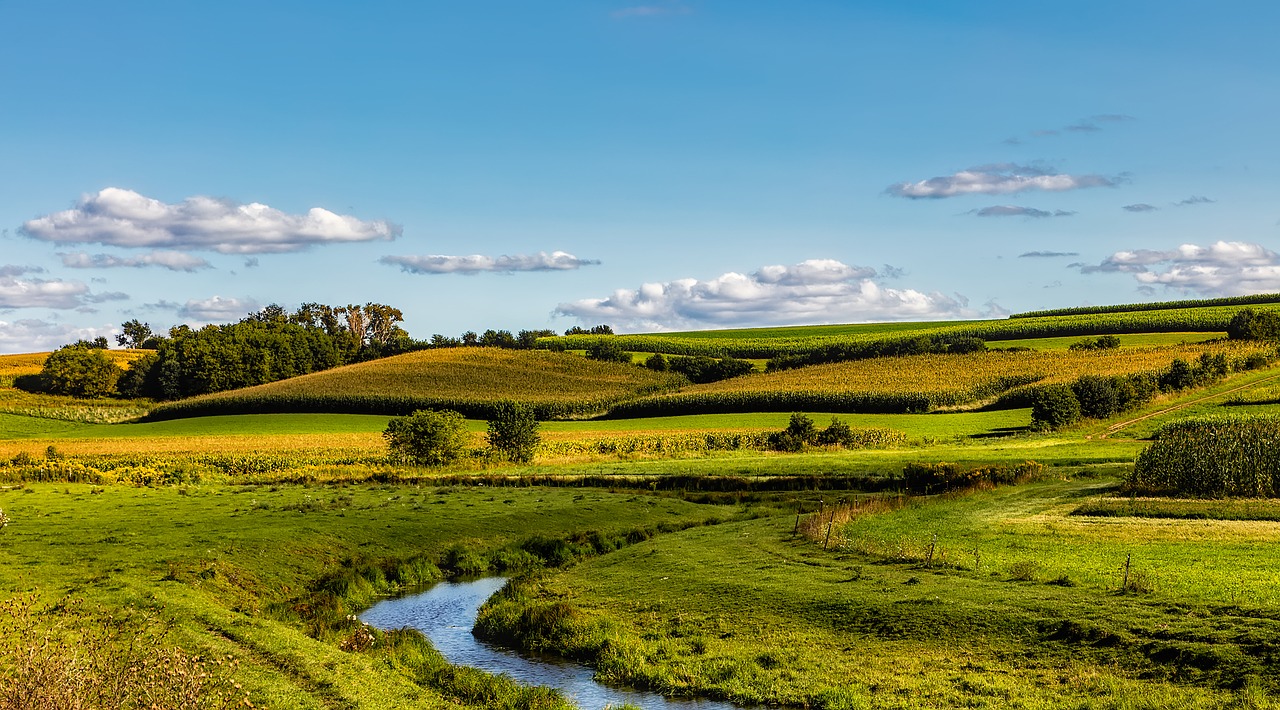Each month we’re reading a new book that explores themes related to caring for our planet as part of The Global EverGreening Alliance’s Book Club. This August, we read ‘Water in Plain Sight: Hope for a Thirsty World’, by acclaimed author Judith D. Schwartz.
Judith explores nature-based solutions to the world’s global environmental and economic challenges. ‘Water in Plain Sight’ presents a refreshing perspective on water that transcends zero-sum thinking. Readers are taken on a journey around the world through inspiring anecdotes that remind us that we need to understand what makes natural systems thrive in order to fix the future of our dwindling planet.
Last week, Judith joined us LIVE on our Instagram to chat about her book.
So, what led her to write an entire book about water? According to Judith, inspiration came from writing an entire book about soil. As she explains, when people talk about water, it’s usually in reference to what does and doesn’t come down from the sky. After writing her book, ‘Cows Save the Planet’ and focusing on soil, it became clear that there was so much more to water than previously thought. Water is connected to our relationship with the land, yet it is rarely part of the conversation.
“Basically, we can’t talk about water unless we are also talking about land, and we can think about soil as our best water infrastructure,” Judith says. “Land wasn’t mentioned – land degradation wasn’t even part of the conversation, and yet I knew that it was so much part of the story.”
The conversations surrounding water were only flowing in one direction, but Judith could see another side, which ultimately led her to write this book: “No one was looking at the effects of water on climate – how we can work with the water cycle to promote nature’s cooling process.”
We wondered: we have all these current concerns about water usage and the lack of water – is there enough water? “There’s always the same quantity of water… It just changes form, it changes where it is,” Judith answered.
By the time Judy finished writing her book about water, she came to the conclusion that plants ultimately “run the show”. “I didn’t expect to feel that way, but plants are moving energy, they’re moving heat, they’re moving water,” she said.
If you’ve read ‘Water in Plain Sight’, there’s one thing you can’t miss – the people you meet along the way. You’ll be amazed at how well you get to know the characters she writes about, as their stories are seamlessly embedded throughout the book’s anecdotes. Characters across the world are connected by these intricate details that we learn about them along the way (by the end of the book, we guarantee you’ll know a thing or two about Allan Savory’s feet). Judith tells us she meets many people like Jim Laurie and Allan Savory, who dedicate their lives to studying nature and sharing their knowledge. When asked which story was her favorite to tell, she mentions her time spent in Zimbabwe with Allan Savory, describing her learning experience as “absolutely extraordinary”.
“This is someone who can read a landscape like no one I have ever met. He can look at the way the bushes is (sic) moved and he’ll say, ‘a giraffe was here yesterday’. He can look at just the most minute changes,” she said. “He can explain why trees look like this and why they’re there, or why they’re not there, and just a rich engagement with nature is so inspiring.”
Judith takes readers on the journey to Zimbabwe where she witnessed how Holistic Management revived landscapes from desertification. She learns and shares with us the practices that helped them do almost the impossible and brought a river back to life.
Judith frequently describes the symbiotic relationship between water and soil, and most memorably, uses the unique analogy of bread-making: “You can think of healthy soil as spongy, and like a loaf of bread because there’s life in it. Just like bread has yeast, there’s life, and it creates a structure and you have poor spaces for water to move through and soak in,” she said.
As we wrapped up our LIVE chat with Judith, we asked her what she hoped her book would achieve. She described her desire to share the wonder of how nature works and how, once you start to see and think about how healthy systems work, you become more aware and observant.
“I really think that loving the Earth is about the most important thing that we can do, because we can’t do anything if we don’t care,” she said. “I just hope to stir people’s imagination and curiosity and to start looking around and to know what’s possible because we don’t have to accept degraded landscapes. We don’t have to accept constant brushfires once we understand how nature manages those landscapes in a way that we did not have (sic)”.
You can watch the full chat on our Instagram, Facebook and YouTube, which includes a sneak peek into her new book, ‘The Reindeer Chronicles: And Other Inspiring Stories of Working with Nature to Heal the Earth’.
If you want to get in touch with Judith, visit her website. And if you want to read with us every month, join our Book Club!
